 
(for the full map click here - opens in another window)
|
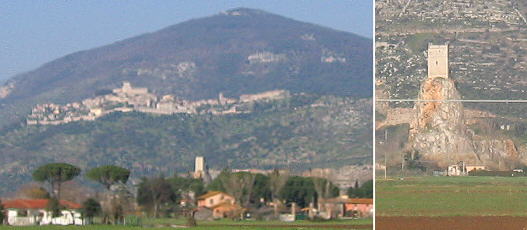 | ||
The marsh however was no protection against the raids of the Saracens, who took advantage of the coast being unpopulated. Between 700 and the year 1000 they could actually temporarily occupy the shores between S. Felice Circeo and Nettuno and from there move inland. This explains the fortified aspect of Sermoneta and the existence of watch towers built on high rocks.
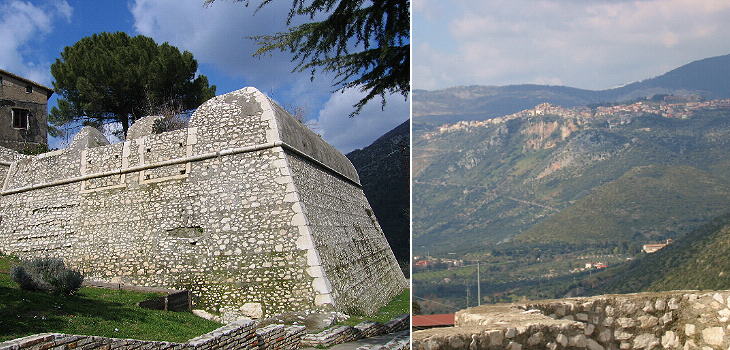 | ||
The walls of Sermoneta were reinforced in the XVIth century when the risk of attacks from the sea increased again: the Ottomans had expanded their empire to the coasts of Tunisia and Algeria and from there they promoted corsair raids on the coasts of Italy. The walls were also necessary due to the fact that Italy was a battlefield for French and Spanish troops and their local supporters. Sermoneta is located on the top of an isolated hill not far from Norma.
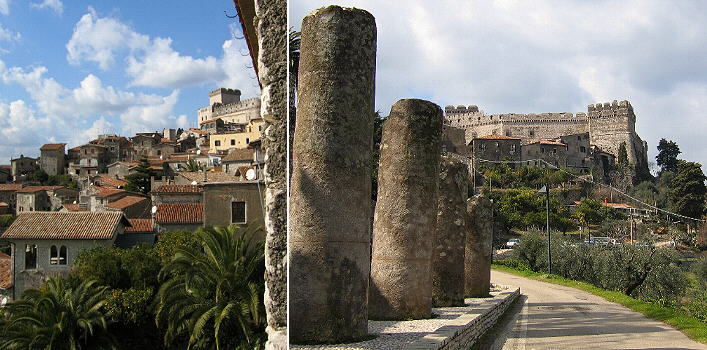 | ||
In the early XIVth century Sermoneta became a fief of the Caetani, the family of Pope Bonifatius VIII, who from their base in Anagni expanded their possessions towards Rome and the sea. Their castle was confiscated by Pope Alexander VI Borgia who improved its fortifications; shortly after the death of the pope in 1503 it returned to the Caetani to whom it still belongs.
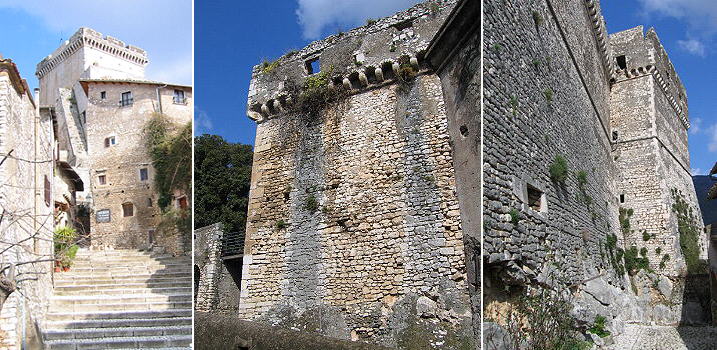 | ||
The castle shows details of different periods but its prevailing aspect is due to Antonio da Sangallo the Elder, who had designed for Pope Alexander VI the impressive fortress of Civita Castellana.
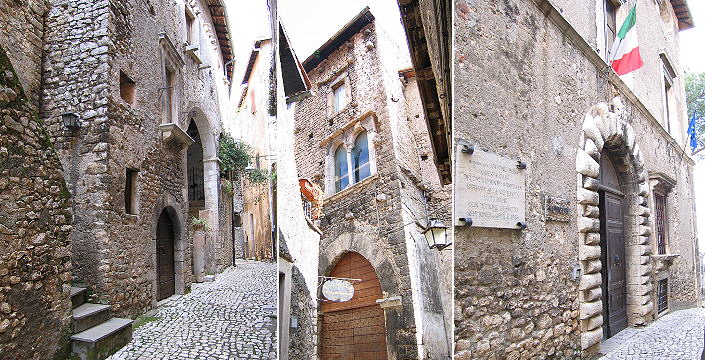 | ||
Sermoneta, because of its position along one of the two roads which for centuries linked Rome with Naples (the other one being through Palestrina and Anagni), provided services to merchants and travellers. In particular at the beginning of the XVIth century its Jewish population expanded because of the arrival of many Jews from the Kingdom of Naples. In 1492 King Ferdinand of Aragon and Queen Isabel of Castile decreed the expulsion of all Jews from their possessions which included Sicily. Many of them moved to the Kingdom of Naples, which, although ruled by a dynasty of Aragon origin, welcomed their arrival. In 1503 however it became a direct possession of the Crown of Spain and the Jews were on the move again: several families settled in the towns of southern Latium increasing the local communities. It was not the end of their journey: in 1556 Pope Paulus IV ordered the Jews to live either in Rome or Ancona in a segregated area (the Ghetto). There the Jews, who had not a tradition of using surnames, but rather patronymics, had to live in a relatively large community and for practical reasons adopted as a surname the town they came from one of which was Sermoneta.
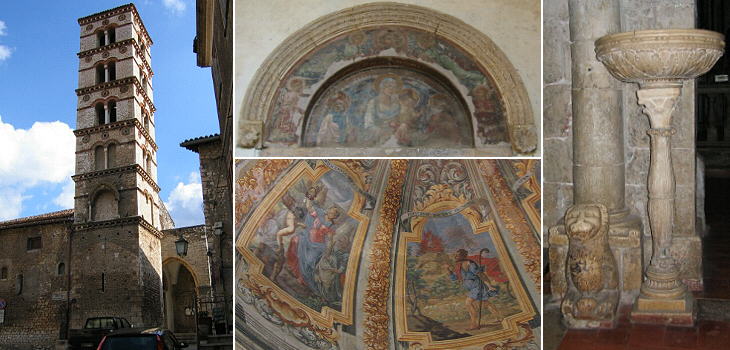 | ||
The cathedral of Sermoneta is a sort of summary of the history of the town: built on an ancient Roman temple, it shows elements of all styles.
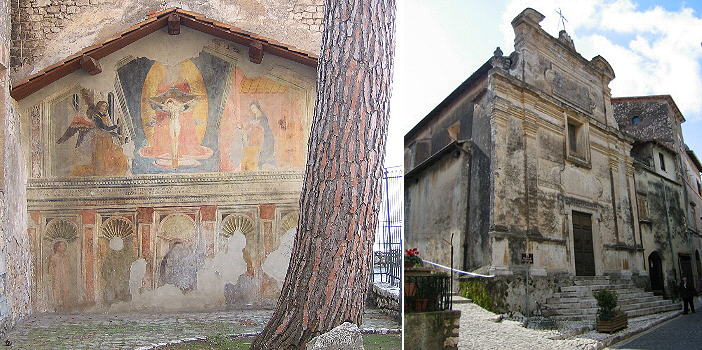 | ||
With the reclamation of the marsh in the 1920s and the opening of a new railway which runs at the foot of the hill next to the restored Via Appia, Sermoneta lost its role and its population decreased, attracted by the new towns built on the plain: several old houses were abandoned. Today it gives the impression of a partial recovery: its old churches and the memories of the past foster the feeling of belonging to a community which the new towns seem unable to create.
Move on to Sezze.
Some other walks:
Walks with Ferdinand Gregorovius in the Roman countryside
In and about Viterbo
From Civitavecchia to Civita Castellana
Around Monte Cimino
From Bracciano to Viterbo
A Pigrims' Way - Via Francigena
In Maremma
Anticoli Corrado where the painters found their models
A walk to Porta Furba
Via Appia Antica from Cecilia Metella to Torre in Selci
Via Appia Antica from Torre in Selci to Frattocchie
A Walk to Ponte di Nona
Branching off Via Cassia: S. Maria di Galeria, Isola Farnese and Formello
A Walk to Malborghetto
See my Home Page on Baroque Rome or my Home Page on Rome in the footsteps of an XVIIIth century traveller.
All images © 1999 - 2005 by Roberto Piperno. Write to romapip@quipo.it
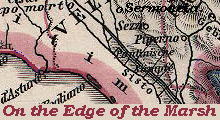 Sermoneta
Sermoneta